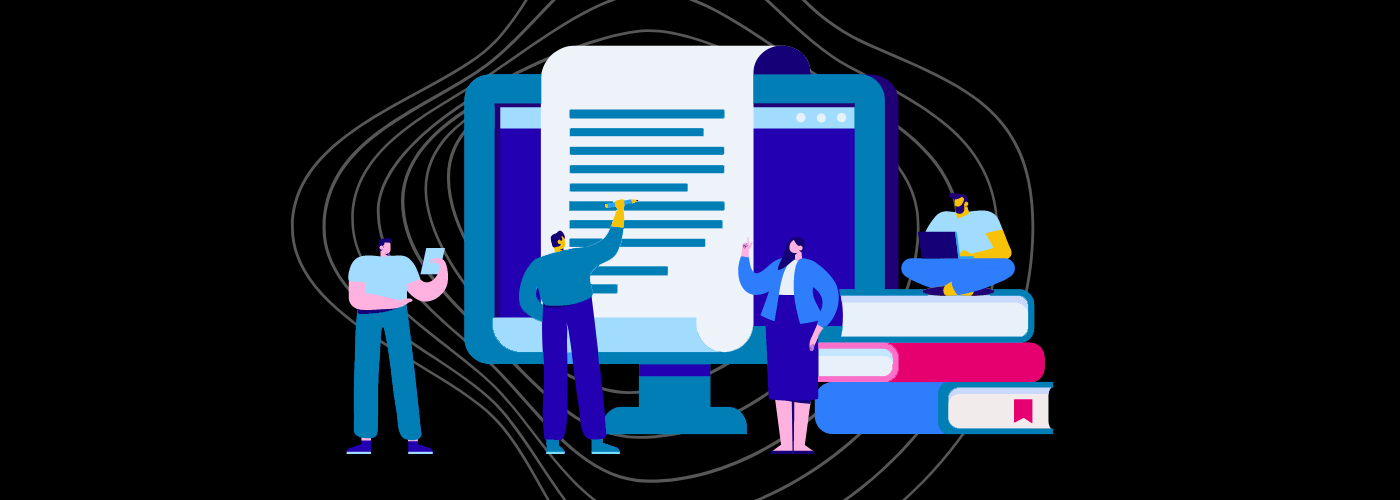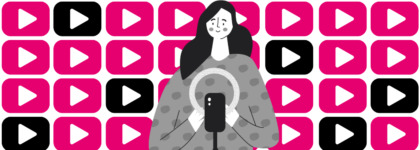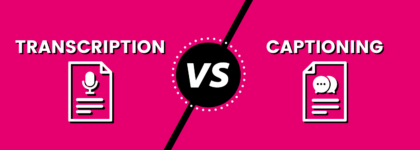Inclusive Design Requires Company Buy-In… Take It From YouTube
“It takes a village” is an old African proverb that refers to raising a child, but it can also be expanded to imply that it truly takes a team of people to successfully complete such a monumental goal. If you’ve ever worked to implement accessibility or inclusive design at your organization, you know this feeling all too well.
We hosted a webinar on the future of video player accessibility, and we learned that company buy-in at YouTube is essential to to the creation of accessible web design for all. YouTube’s parent company, Google, even emphasizes this message in their own mission statement:
Organize the world’s information and make it universally accessible and useful. – Google
Despite this, Matthew Schweitz (former Engineering Manager at YouTube) explained “it doesn’t really work this way. There’s always something that seems to trump accessibility in a large organization – priorities don’t necessarily align in favor of accessibility.”
So… how does YouTube make accessibility a design priority anyway?
YouTube’s Commitment to Accessibility and Inclusive Design
By “thinking about accessibility as a dimension of overall product quality,” says Schweitz.
An organization must consider the incorporation of accessibility throughout all metrics of product quality that you can test, measure, and integrate, just as developers must consider factors like UI polish and particular bug fixes. In this way, accessibility becomes essential to building and shipping a product.
Through education and evangelization within the organization, YouTube has effectively framed accessibility in a way that allows developers to understand the role that it plays in product quality to ensure that it’s a design consideration from the beginning.
Adding Closed Captions on YouTube
As a demonstration of this commitment to accessibility, YouTube offers features of great benefit to deaf and hard of hearing individuals. Overall, the platform’s priorities include ensuring the viewer experience is great, as well as making sure that as many videos as possible are captioned.
One way they’re addressing and enhancing the viewer experience is through customization features, which allow viewers to select when they want captions to show and how they’d like the captions to look. From the creator perspective, YouTube offers two methods for captioning video content:
Caption Files Uploaded by Creator
While some creators used to be able to rely on crowdsourced captions, YouTube has since done away with their fan-fueled captioning feature. There was one positive outcome after scrapping the feature, though – more creators began making and providing their own captions.
Using the Creator Studio tools available, content creators can upload caption files that were created personally or by captioning and transcription experts. There are a few different ways to create your own captioning and transcription workflows, but each comes with a varying length of time required and average accuracy rate. On the other hand, captions creating by experts like us average 99.6% measured accuracy.
Automatic Captions
By default, YouTube offers automatically generated captions on all videos. These are created using automatic speech recognition (ASR) software, which admittedly produce less-than-desirable results – but Google acknowledges that this technology is useful in cases where no other alternative is available.
With an average of 70% accuracy, ASR can be expected to get about 1 in 3 words wrong. While auto-captions are the most scalable (and least expensive) method of captioning, they are also the least accurate and ultimately least useful to the end user.
The Future of YouTube Accessibility
YouTube continues to introduce improvements to address blind and low vision viewers as well, such as the addition of technical elements like tab indexes, aria-owns, and labels to help these users more easily navigate and operate the video player. Additionally, users can also skip ads using keyboard controls or a screen reader.
Looking ahead, YouTube plans for continued improvement in their inclusive design efforts – including the development of support for audio description.
Learn more about 3Play Media’s integration with YouTube:
This post was originally published on April 29, 2015 by Emily Griffon, and has since been updated for accuracy, clarity, and freshness.






